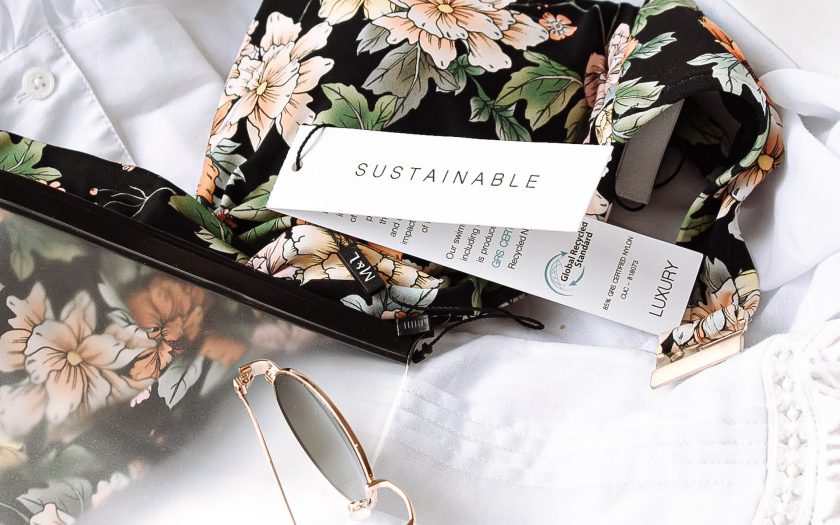Sustainable fashion has gained increasing attention in recent years as consumers and businesses become more aware of the environmental impact of the clothing industry. From resource extraction to transportation and disposal, the fashion industry has a significant impact on natural resources and contributes to climate change. Here are some key statistics to consider when thinking about the sustainability of your fashion choices.
Water Footprint
The fashion industry is a major contributor to global water consumption and pollution. According to the World Wildlife Fund (WWF), it takes approximately 20,000 liters of water to produce a single cotton t-shirt. This water is used for irrigation, dyeing, and other processes in the production of clothing.
- There is a 38% – reduction in water use by farmers in the Indus River basin growing “Better Cotton”
The water footprint of different materials can vary significantly. For example, the production of synthetic materials like polyester has a higher water footprint than natural materials like cotton or linen. In addition to consuming water, the fashion industry also pollutes water sources with chemicals and other waste products.
Carbon Footprint
The fashion industry is also a major contributor to greenhouse gas emissions and climate change. The production and transportation of clothing requires energy, which results in the release of carbon dioxide (CO2) and other greenhouse gases into the atmosphere.
The fashion industry is responsible for approximately 10% of global carbon emissions. This is more than the emissions from international flights and maritime shipping combined. The carbon footprint of different materials can vary, with synthetic materials generally having a higher carbon footprint than natural materials.
Circular Fashion Systems
One way to reduce the environmental impact of the fashion industry is through the adoption of circular fashion systems. These systems aim to keep clothing in use for longer periods of time and reduce waste through initiatives like repair, reuse, and recycling.
There are several ways to support circular fashion systems and make more sustainable fashion choices. Some options include:
- Buy high-quality, long-lasting clothing: Invest in well-made pieces that will last for a long time, rather than fast fashion items that are likely to fall apart quickly.
- Repair and care for clothing: Maintain your clothing by repairing holes, washing and drying properly, and storing items in a way that prevents damage.
- Donate or sell gently used clothing: Instead of throwing clothes away, consider donating them to thrift stores or selling them online. This can extend the life of the clothing and reduce waste.
- Shop secondhand or vintage: Buying used clothing can be a more sustainable option, as it keeps clothing in use and reduces the demand for new production.
- If you do shop online, use TreeClicks, an app that plants trees for free when you shop online at one of the 30,000+ connected stores.
By considering the environmental impact of your fashion choices and supporting circular fashion systems, you can help to reduce the environmental impact of the fashion industry and make a positive impact on the planet.

